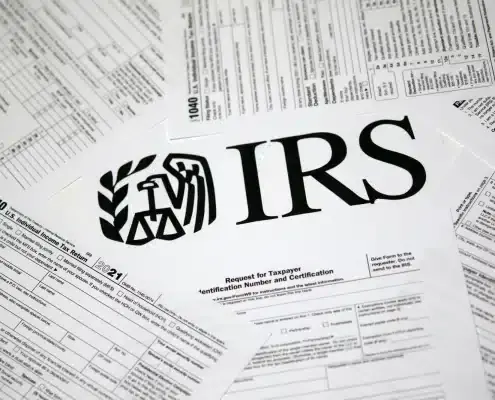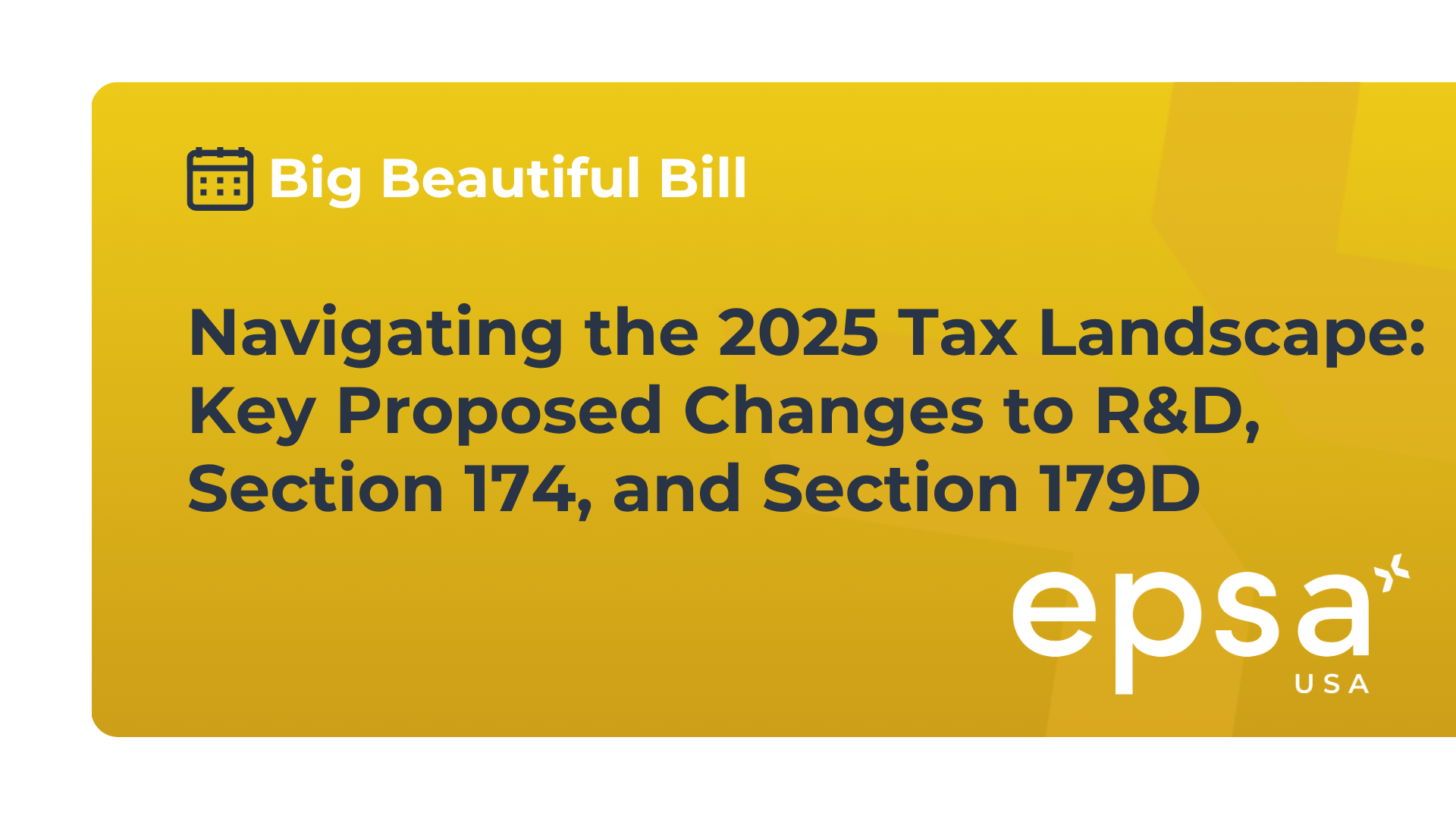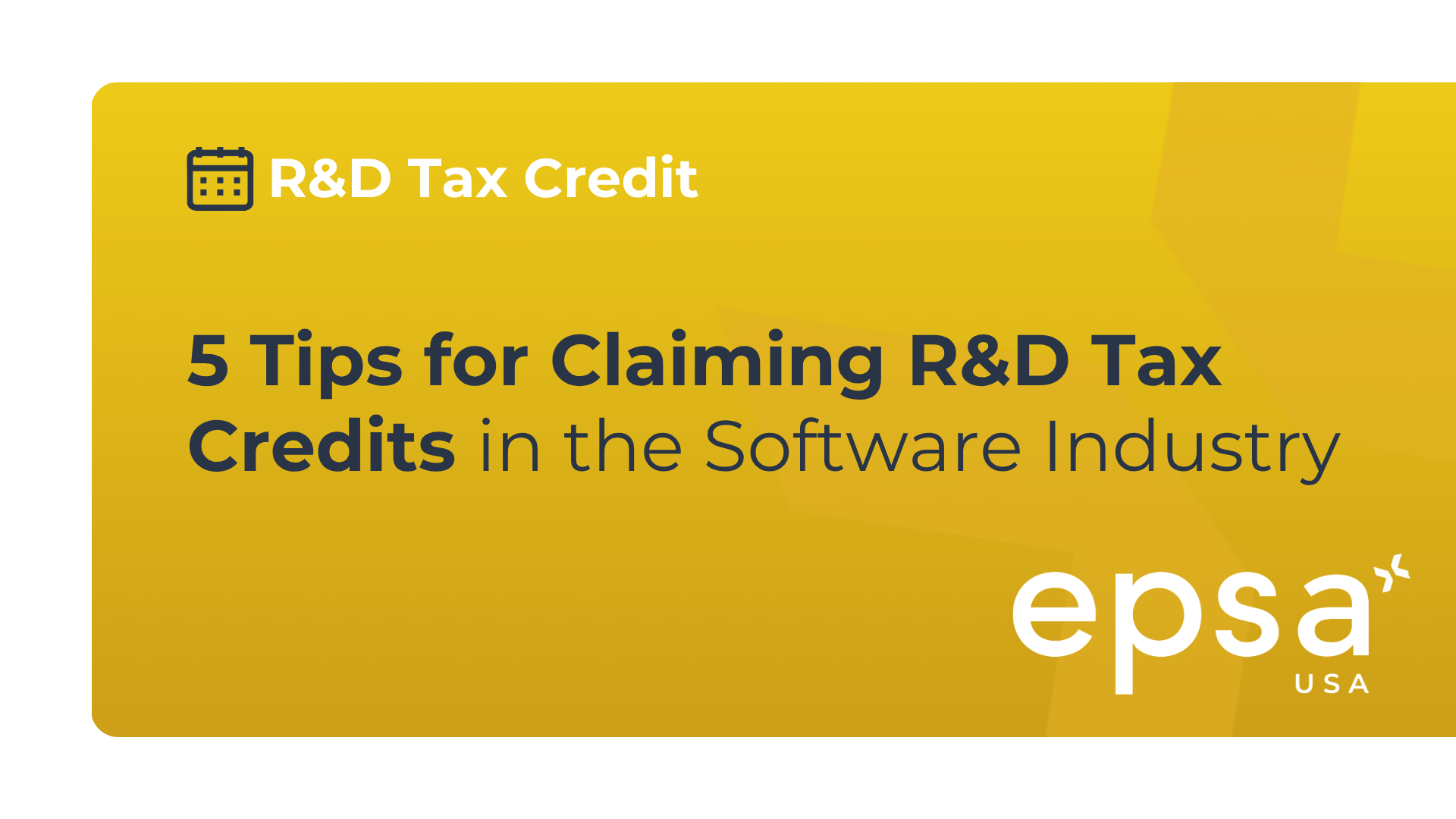IRS Announces §179D Inflation-Adjusted Deduction for 2025: Key Takeaways for Your Projects

The IRS has introduced its annual inflation adjustments for 2025, impacting the Energy-Efficient Commercial Buildings Deduction under Section 179D of the tax code. These updates, outlined in Revenue Procedure 2024-40, bring noteworthy changes for building owners, architects, and designers looking to leverage tax incentives for sustainable building practices.
What is the §179D Deduction?
Section 179D offers a tax deduction for building owners and designers who incorporate energy-saving features into commercial buildings. The deduction amount is calculated based on building square footage and energy efficiency improvements in systems like lighting, HVAC, and the building envelope. Taxpayers can claim significant deductions by demonstrating reduced energy usage compared to a baseline that aligns with ASHRAE standards.
2025 Adjustments: What’s New?
The IRS’s latest adjustments to the 179D deduction include inflation-based increases that enhance the incentive to adopt energy-efficient technology:
– Increased Base Deduction:
– For projects under §179D(b)(2), the base deduction has been raised to $0.58 per square foot, with the potential to reach $1.16 per square foot. For every percentage point of energy savings above 25%, an additional $0.02 per square foot is added to the deduction, incentivizing projects that exceed minimum energy savings thresholds.
– Enhanced Deduction for Labor-Qualified Projects:
– For projects meeting specific labor standards (prevailing wage and apprenticeship requirements) under §179D(b)(3), the deduction starts at $2.90 per square foot and can reach up to $5.81 per square foot for significant energy efficiency gains. Each percentage point above the baseline threshold increases the deduction by $0.12 per square foot, making the maximum possible deduction the highest to date.
These adjustments ensure that 179D incentives keep pace with inflation, providing greater financial benefits for qualifying projects that exceed baseline energy efficiency standards.
How These Changes Benefit Your Projects
With the new deduction limits, investing in energy-efficient systems is even more rewarding. Here’s how you can benefit:
– Maximized Tax Savings: Depending on your project’s energy savings, deductions can now reach up to $1.16 or $5.81 per square foot, creating a substantial tax advantage.
– Competitive Advantage: Energy-efficient buildings not only reduce operating costs but also attract tenants and investors focused on sustainability.
– Sustainable Impact: This updated deduction aligns with goals for environmental stewardship, helping you build a greener, cost-effective property portfolio.
Steps to Maximize Your 179D Deduction
To make the most of these increased deductions:
- Evaluate Energy Savings: Calculate your energy reduction compared to the ASHRAE baseline.
- Apply the Incremental Deduction: For each point above 25% energy savings, increase the deduction by the corresponding $0.02 or $0.12, depending on your project’s qualifications.
- Verify Requirements: Confirm your project complies with all necessary standards, including certification by a qualified professional and any required labor standards.
Your Path to Savings
To fully utilize these deductions:
– Plan Early: Integrate energy-efficient features from the start of the design phase.
– Consult Experts: Work with energy modeling and certification professionals to ensure compliance.
– Stay Updated: Keep informed on legislative adjustments and consult tax experts to optimize deductions.
Ready to Take Advantage?
With the new 2025 inflation adjustments to the 179D deduction, EPSA USA is here to help you unlock maximum tax savings while enhancing your project’s sustainability. By capitalizing on these updates, you can optimize your building’s efficiency and contribute to a more sustainable future.
For expert guidance on navigating §179D deductions, reach out to EPSA USA today to learn how we can support your project from energy modeling to certification.
Share this article



